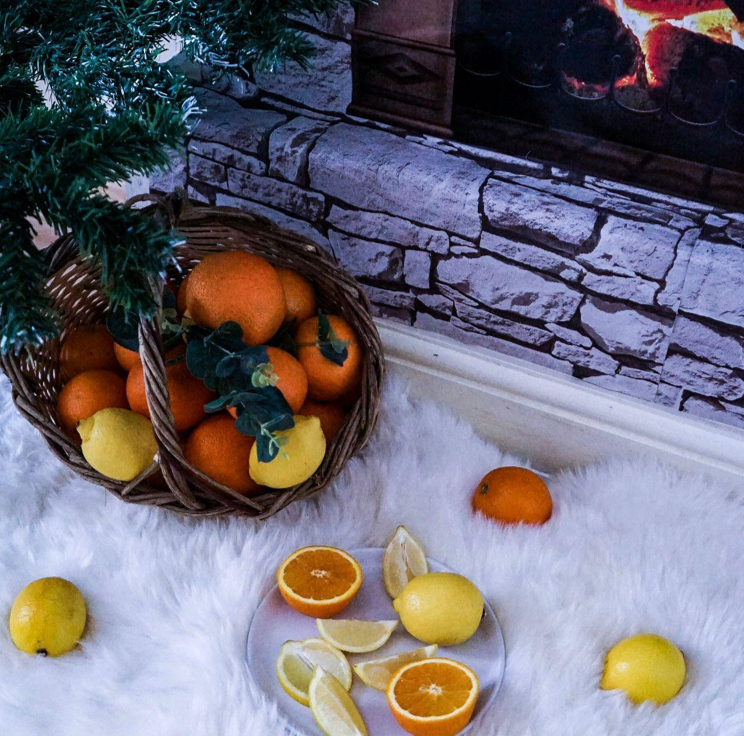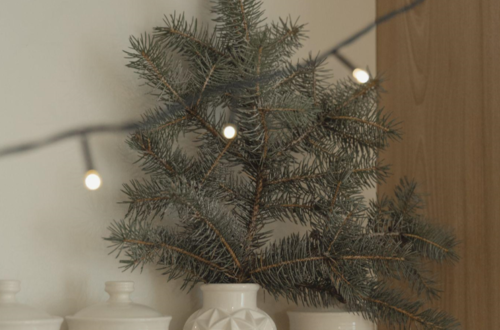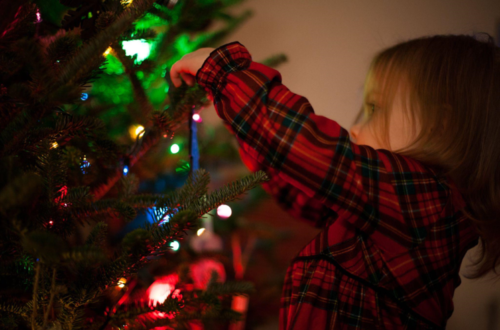
Comparing Full Artificial Christmas Trees v. Real Christmas Trees: Which is the Better Choice?
Cost Comparison: Re.al vs. Artificial Christmas Trees
The debate over the cost of real vs. artificial Christmas trees is multifaceted. Real trees are often considered more expensive, typically costing between $50 and $100. However, they can be cheaper in the long run if used for multiple years. On the other hand, artificial trees may cost more upfronts ranging from $100 to $300, but they can last up to a decade with proper care.
When it comes to decorating, real trees can be more costly, as they require additional watering and may require more frequent placement due to needle shedding. In contrast, artificial trees can be stored away in a box and reused for longer, making them more cost-effective in the long run.
Environmental Impact: Re.al vs. Artificial Christmas Trees
The picture is more complicated regarding the environmental impact of real vs. full artificial Christmas trees. While artificial trees have a lower environmental impact due to their reusability and lack of deforestation, they are made of non-biodegradable materials that can take centuries to decompose in a landfill.
In contrast, real trees are naturally biodegradable and recyclable. They also provide habitat for wildlife and improve air quality during their growth period. To further reduce the environmental impact of real trees, consider purchasing from a sustainable grower or recycling the tree after use.
Regarding carbon footprint, the choice also depends on the distance of sourcing and transportation. For example, if the real tree was grown locally and delivered with low-emission transportation methods, it could have a lower carbon footprint than a highly manufactured artificial triggered from a distant location.
The choice between natural and artificial Christmas trees ultimately depends on personal preference and values. Those who prioritize convenience and long-term cost-effectiveness may prefer artificial trees, while those who value sustainability and tradition may prefer real trees. Regardless of the choice, it’s essential to prioritize safety and disposal methods to ensure a joyful and eco-friendly holiday season.




